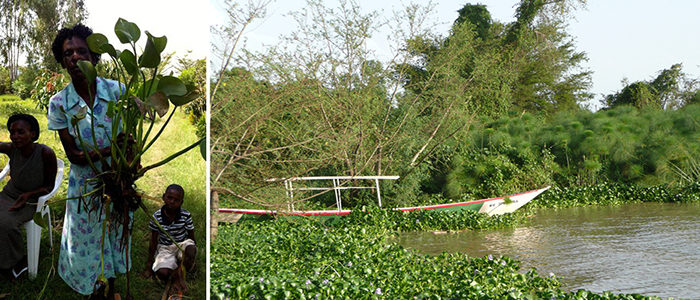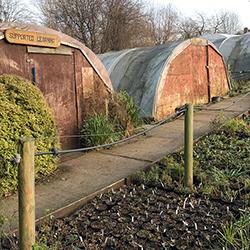To do more with less for many – with many
Frugal means sparing, economic, simple, and costing little. Helena Hansson's research area is frugal innovation, placed in the intersection between social, institutional and technological innovation. Simplified, one can say that frugal innovation is about how to adapt to and build on to what already exists.
Today, March 9 2017, Helena Hansson, doctoral student in Design at HDK - Academy of Design and Crafts, University of Gothenburg, holds her end seminar.

he research based in Kisumu, Kenya, is pivoting around how design can contribute to sustainable change actions in frugal situations, which are characterized by limited access to resources, limited opportunities to participate and influence the situation and institutional 'voids' and complexities. As these challenges are multifaceted, the design situation is complex and cannot be 'solved' by a single actor. Frugal Innovation therefore requires collaboration across geographic borders, disciplines and social sectors.
"The method has been to work through design, together with many - to do more with less for many with many. The process has been polycentric, which means that several small innovation processes has been on-going at the same time, based on different locations, yet interlinked. Innovation is an incremental process which emerges over time, supported by leapfrog technology and social media", she says.
Helena Hansson's study makes explicit that frugal innovation is an up-scaling process, and in the core are the social and institutional processes, in which relationships are created and strengthened between glocal actors. Design is a means for change - to make different actors come together to act as a whole. In this case a basket of water hyacinth played a central role as a unifying player, a ‘Boundary Object’. Important actors in the process are the local innovators in Kenya, Jua Kali. To be sustainable over time designers need adapt to, build on and develop their existing knowledge and ideas, so the processes can continue when the design project is over.
"An important design ‘tool’ is the prototype, making change visible and tangible for everyone involved. Through repetitive elements, prototyping creates trust, meaning and coherence in which mutual learning is the foundation. The designer role is to act as a mediator, which triggers, gathers and connect actors, creating change over time", Helena Hansson says.
Seminar
The seminar is open to the public and will be held in English.
Title: Beyond the Basket: A Designerly Approach on Frugal Innovation - Adapting and Building on to a Jua Kali Way of Working. If you want to get access to the text in advance, please contact Helena Hansson.
Opponent: Leon Cruickshank, Professor of Design and Creative Exchange, Imagination Lab, Lancaster University, UK.
Time: March 9 at 13:00
Location: Main lecture hall, HDK
Read more
Helena Hansson's research is conneted to the Market Places project in Kismu.
News item: Waste from Kenya turns into Nordic design
Questions?
Helena Hansson, doctoral student in Design at HDK - Academy of Design and Crafts, University of Gothenburg, helena.hansson@hdk.gu.se
The article is written by Helena Backhed, HDK - Academy of Design and Crafts.







